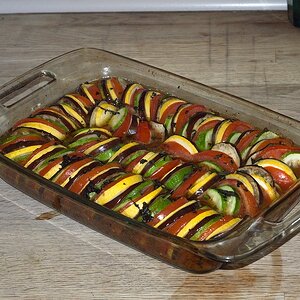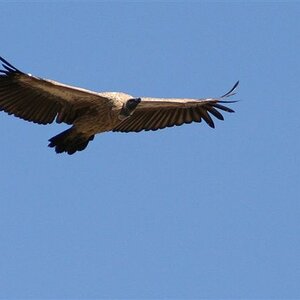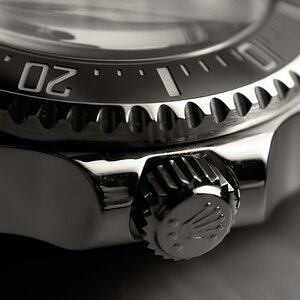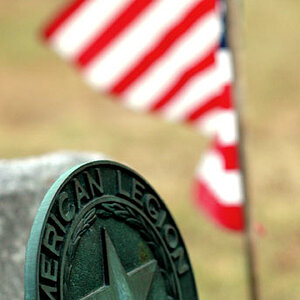andrewdoeshair
No longer a newbie, moving up!
- Joined
- May 23, 2016
- Messages
- 179
- Reaction score
- 133
- Can others edit my Photos
- Photos OK to edit
Oh man, so many moments...
Here's one: I had always thought that flash was used when it was too dark out and you needed to make the image brighter. My brain nearly exploded when I learned that flash can be used to make an image darker (background compared to the subject) when it's too bright out.
A huge moment for me was when I stopped defaulting to wide apertures. I used to shoot everything wide open and only adjust my shutter speed when needed (not just because I thought bokeh made my pictures look super professional, ha, but because I was afraid to put my ISO up and get noise) but one time I forced myself to stay between F8 and F11 for a day at Disneyland and I found the joy of having backgrounds in my images. Now I rarely shoot any wider than F4 unless light is an issue or I specifically want to isolate a subject from an unfortunate background.
Another "ah ha!" moment was when I stopped thinking of zooming as a replacement for walking, and started thinking of it as "how much background or context and how much compression do I want around the subject?" Aside from shooting nature that I can't get close to, I've mostly stopped zooming as a way to avoid walking, and started zooming to gain or lose the amount of background and compression I'd get in a image (and then I walk after getting the look I want).
The biggest moments I've had with editing were to straighten my horizons (nobody told me! It took me like 2 years to figure it out) and then to get everything close enough on camera that editing isn't even necessary. It's a lot more fun to edit a photo that barely needs it than it is to try to perform a miracle in LR. If I neeeed to fix an image I usually don't even want to.
Here's one: I had always thought that flash was used when it was too dark out and you needed to make the image brighter. My brain nearly exploded when I learned that flash can be used to make an image darker (background compared to the subject) when it's too bright out.
A huge moment for me was when I stopped defaulting to wide apertures. I used to shoot everything wide open and only adjust my shutter speed when needed (not just because I thought bokeh made my pictures look super professional, ha, but because I was afraid to put my ISO up and get noise) but one time I forced myself to stay between F8 and F11 for a day at Disneyland and I found the joy of having backgrounds in my images. Now I rarely shoot any wider than F4 unless light is an issue or I specifically want to isolate a subject from an unfortunate background.
Another "ah ha!" moment was when I stopped thinking of zooming as a replacement for walking, and started thinking of it as "how much background or context and how much compression do I want around the subject?" Aside from shooting nature that I can't get close to, I've mostly stopped zooming as a way to avoid walking, and started zooming to gain or lose the amount of background and compression I'd get in a image (and then I walk after getting the look I want).
The biggest moments I've had with editing were to straighten my horizons (nobody told me! It took me like 2 years to figure it out) and then to get everything close enough on camera that editing isn't even necessary. It's a lot more fun to edit a photo that barely needs it than it is to try to perform a miracle in LR. If I neeeed to fix an image I usually don't even want to.





![[No title]](/data/xfmg/thumbnail/40/40311-715dda8167abb793178d6abf7e8136fe.jpg?1619739414)

![[No title]](/data/xfmg/thumbnail/35/35262-02f8eba4a2a92dbae0b55547bba80b4f.jpg?1619736968)
![[No title]](/data/xfmg/thumbnail/40/40308-f92e28f094216c151f3ad1fd7453c99b.jpg?1619739413)


![[No title]](/data/xfmg/thumbnail/37/37540-73002ccb910b97978bc38658622a34d3.jpg?1619738133)
![[No title]](/data/xfmg/thumbnail/35/35265-c9ea3efd2c618a57ea136e63ad106880.jpg?1619736970)